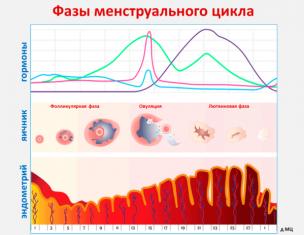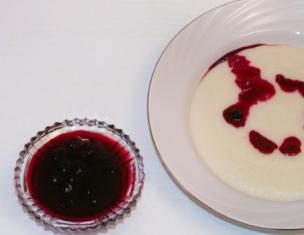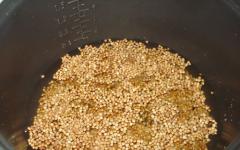Japanese horseradish, it turns out, is not at all. Its other name is wasabi, or Japanese eutrem. Despite the fact that the plant is herbaceous, in the national cuisine it is its rhizomes that are used to create a spicy seasoning in the form of a green paste. This product has no analogues in the world.
Variants
You don't have to do wasabi yourself. The paste is sold in special tubes. It is made from Japanese horseradish root powder, dry mustard and dye. It is a convenient substitute for a natural product. However, it no longer possesses the entire spectrum of useful properties. It also lacks the real aroma and taste of wasabi.
Natural green mustard is made by hand, just before serving. The main ingredient is the root of the Wasabi Japonica plant. Depending on which part of it is used, the taste of the finished product is obtained:
- the upper part of the root makes the paste sharper;
- the bottom is soft and light.
Japanese chefs know for sure that fresh green mustard retains the maximum amount of nutrients. Therefore, exactly the amount of horseradish is rubbed, which is necessary for a particular dish. The remainder of the root is stored in a film for no more than 1 month.
Composition
Japanese horseradish is rich in nutrients. It includes:
- cellulose;
- vitamins of group B, C, A;
- essential amino acids;
- minerals (calcium, manganese, potassium, iron, phosphorus, magnesium, zinc, copper, sodium);
- niacin;
- essential oils;
- synergine.
Wasabi contains unique substances called isothiocyanates. They make the product so pungent. Their use helps to eliminate diseases such as asthma, colds. With its help, you can alleviate the condition during anaphylactic shock.

Isothiocyanates, which are found in Japanese horseradish, are prized for their antibacterial properties. With their help, the growth of bacteria in the mouth can be stopped and caries can be prevented. They also successfully fight staphylococcus and Escherichia coli. That is why wasabi is served with sushi. Indeed, among the ingredients of this dish is raw fish.
Beneficial features
The beneficial properties of Japanese hot mustard are varied:

Despite the many positive properties of Japanese mustard, the product has its own contraindications. Firstly, you should not get carried away with the use of this paste. Only in small quantities can it have a positive effect on the state of the body.
Secondly, the following people should completely abandon the spicy mustard from Japan:
- suffering from stomach and pancreas problems;
- having liver disease;
- intolerant of any kind of seasoning.
Where is it applied?
Spicy green mustard is not only used to complement sushi. There are many other Japanese dishes where this seasoning is found. So, often this horseradish is combined with soy sauce. True, you need to add it in small quantities. Otherwise, it will completely kill all the taste of the main components.
So, wasabi can be used for cooking:
- Soba noodles.
- Vegetable salad. Be sure to add sesame seeds along with hot mustard.
- Ice cream.
- Potato chips.

Wasabi is not the only culinary recipe. Green mustard is used in cosmetology:
- Wasabi massage helps prevent blood clots. In addition, this procedure will help cleanse the skin from toxins.
- Wrap to normalize blood circulation.
- Scrubbing the body with wasabi paste. This manipulation allows you to get rid of impurities, as well as make the skin smooth and elastic.
Nutritionists also advise their patients who want to lose extra pounds to include wasabi in their diet. This mustard green has a low calorie content. And its aroma is able to suppress appetite. Therefore, a person will eat much less.
Green mustard (as wasabi is called in Russia) is used in many recipes today. Therefore, now it is not only a seasoning for sushi, but also a useful ingredient in other dishes.









